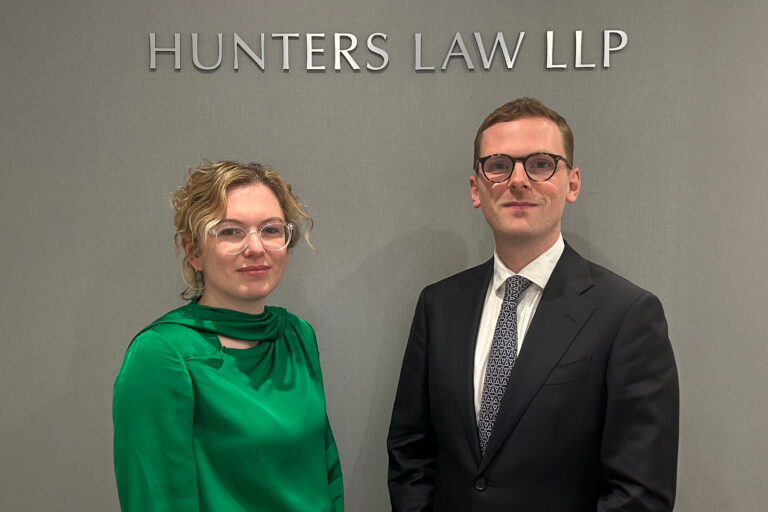Petra Warrington discusses tips for investing wisely in art in Happening

For many art investors, an element of emotion and personal passion goes into their transactions – but it’s easy to get so swept away by enthusiasm that you fail to carry out proper due diligence, and this can lead to legal complications. This article illustrates tips from legal experts on getting the legalities right.
Petra Warrington, a solicitor with Hunters’ Art and Cultural Property team, said that as well as being aware of the number of art works that are forged or misattributed, you should also look out for those that are accompanied by provenance information or an exhibition history of uncertain origin or, particularly in the context of contemporary works, a dubious authenticity certificate. It is not always possible to rely on a certificate to say a work is authentic; even if it is accompanied by one, you need to be just as wary of the origins of the certificate, she says.
Now more than ever, it’s important for the buyer to carry out due diligence and to speak to an expert in the field or a third-party advisor if there is any doubt as to authenticity, says Warrington. Another tip is to always have written contract terms and to ensure you have the sellers’ warranties in relation to authenticity, provenance and title so don’t only do your due diligence to make sure the work is what it says it is and the sellers are who they say they are, but also have confirmation in writing in a contract form with express warranties.
In the US and the EU, copyright belongs to the artist throughout their life and to their estate for 70 years after their death.
If you buy a work that’s still in copyright, you are purchasing the work itself and not an assignment of copyright, says Warrington.
Think about use of the work if you want to reproduce it, you have to make sure you have a copyright license from the artist or copyright owner, says Warrington. Just owning the physical artwork doesn’t entitle you to do what you want with it. Also, be aware that the artist may also retain moral rights for the same period and that may prevent you from doing something that might damage or interfere with the artist’s integrity right or the right to be named as the author of the work. So, if you somehow alter a work you can potentially be interfering with the artist’s rights.
Read the full article in Happening here.




